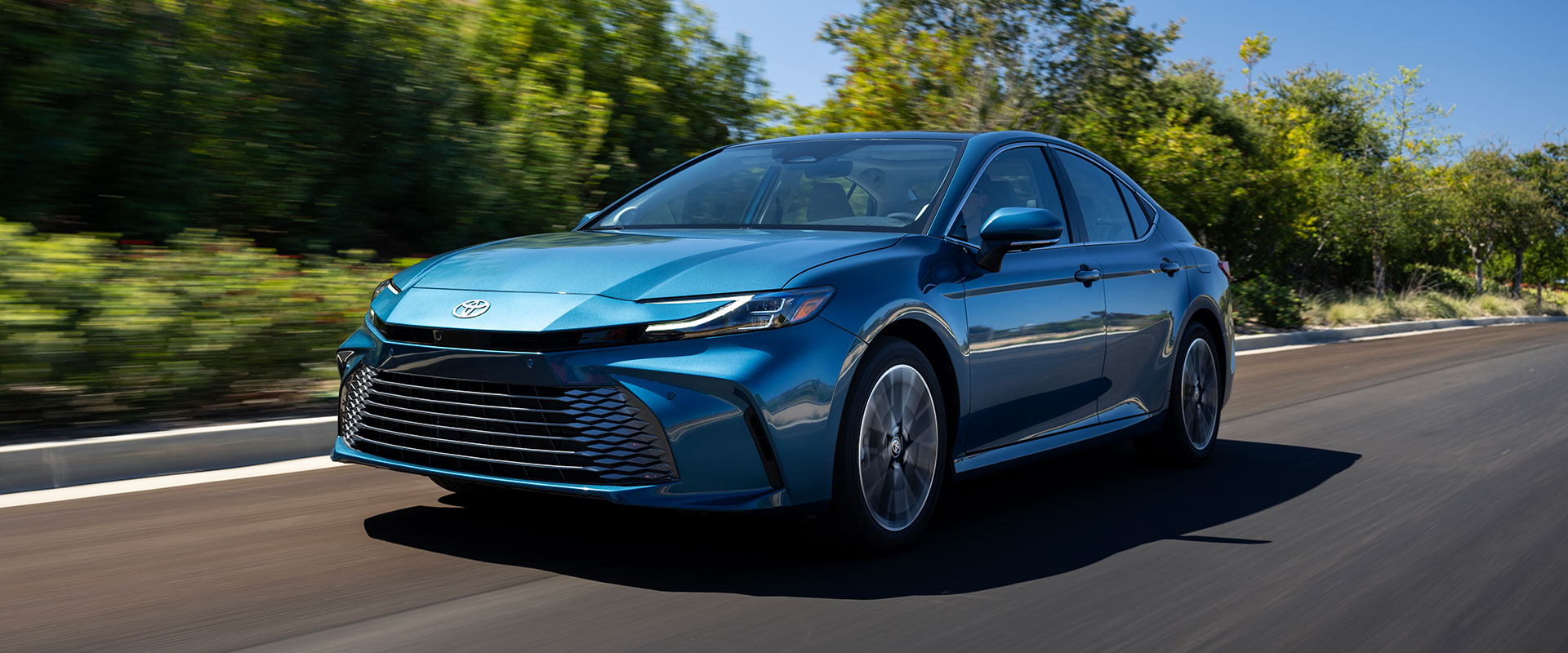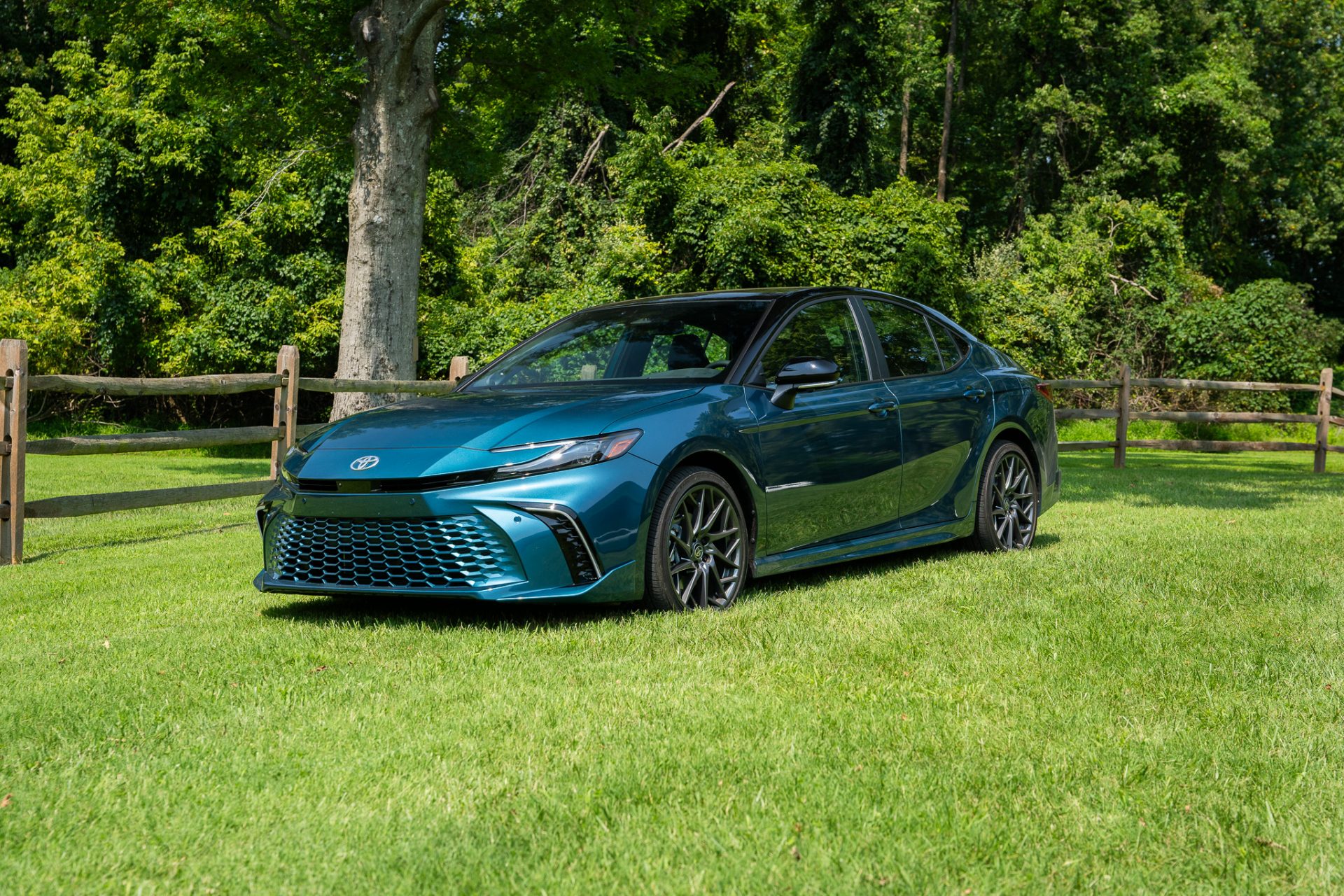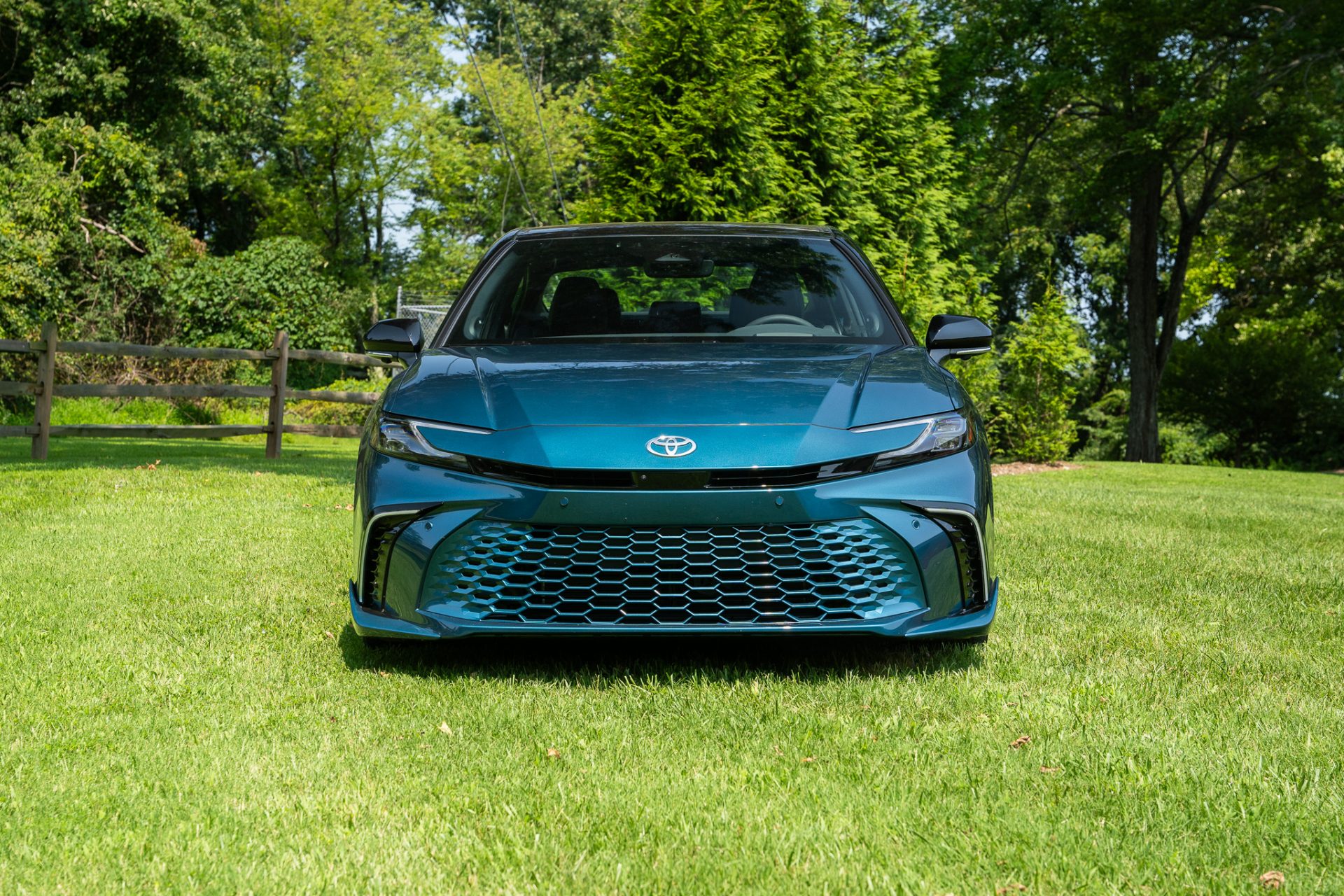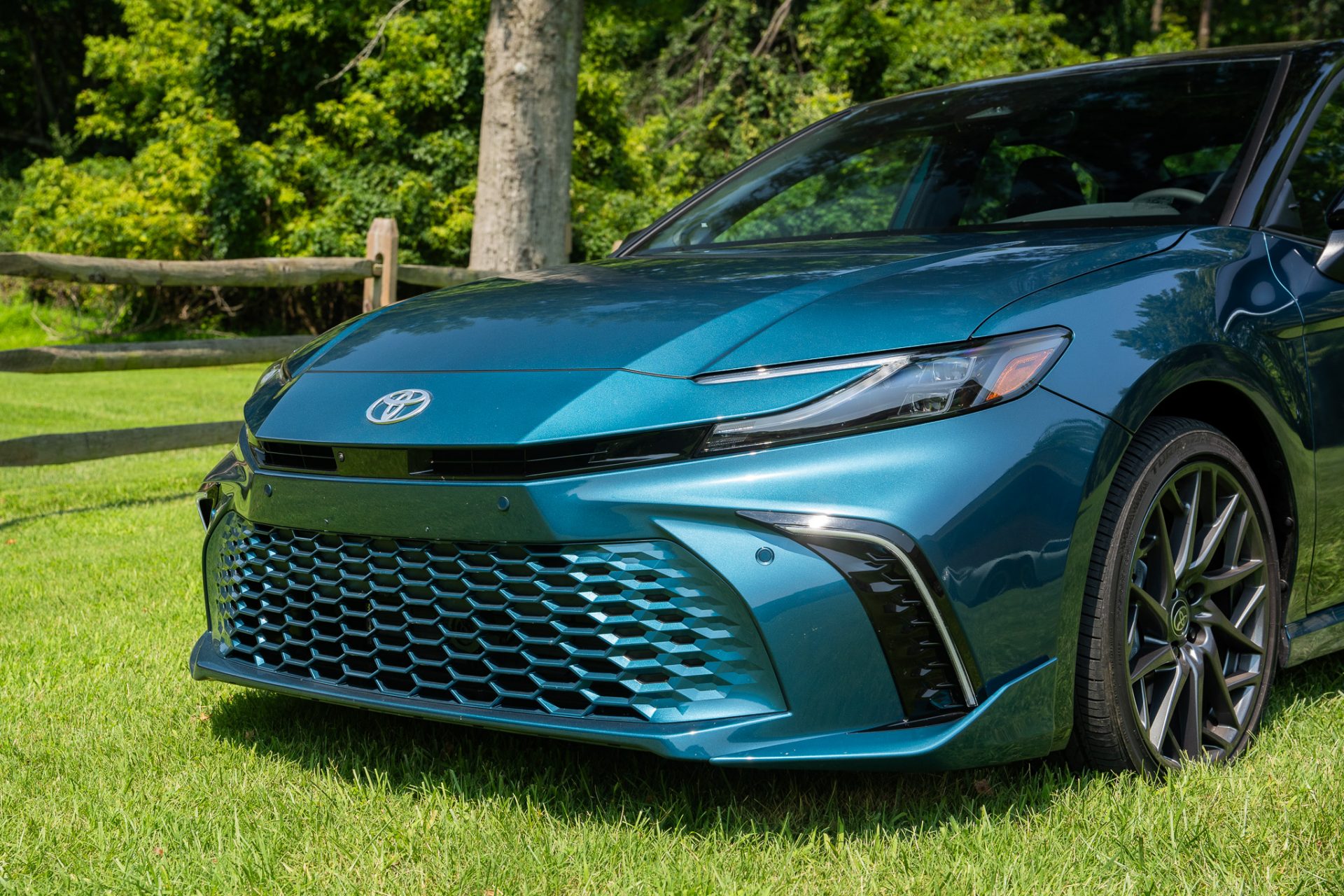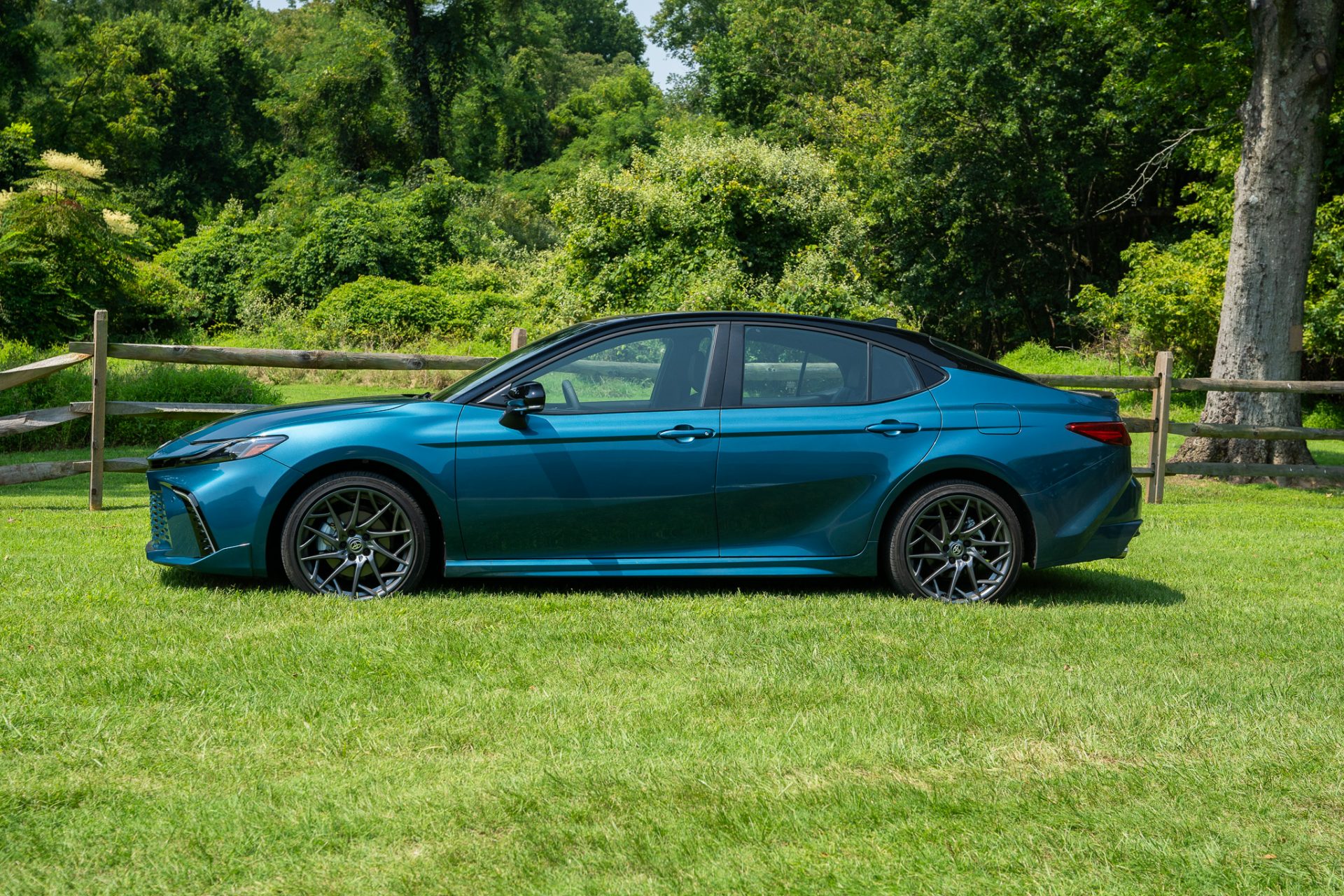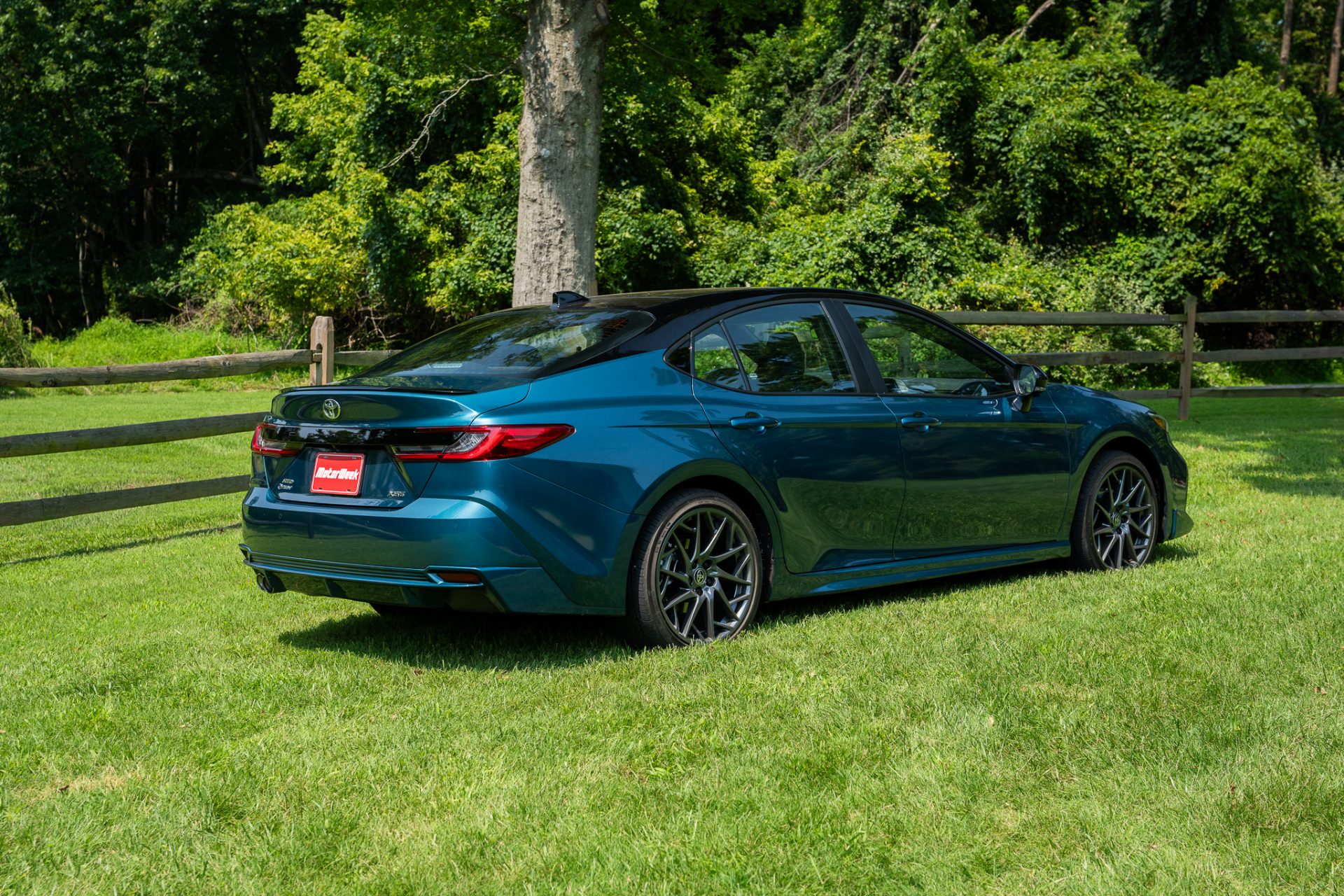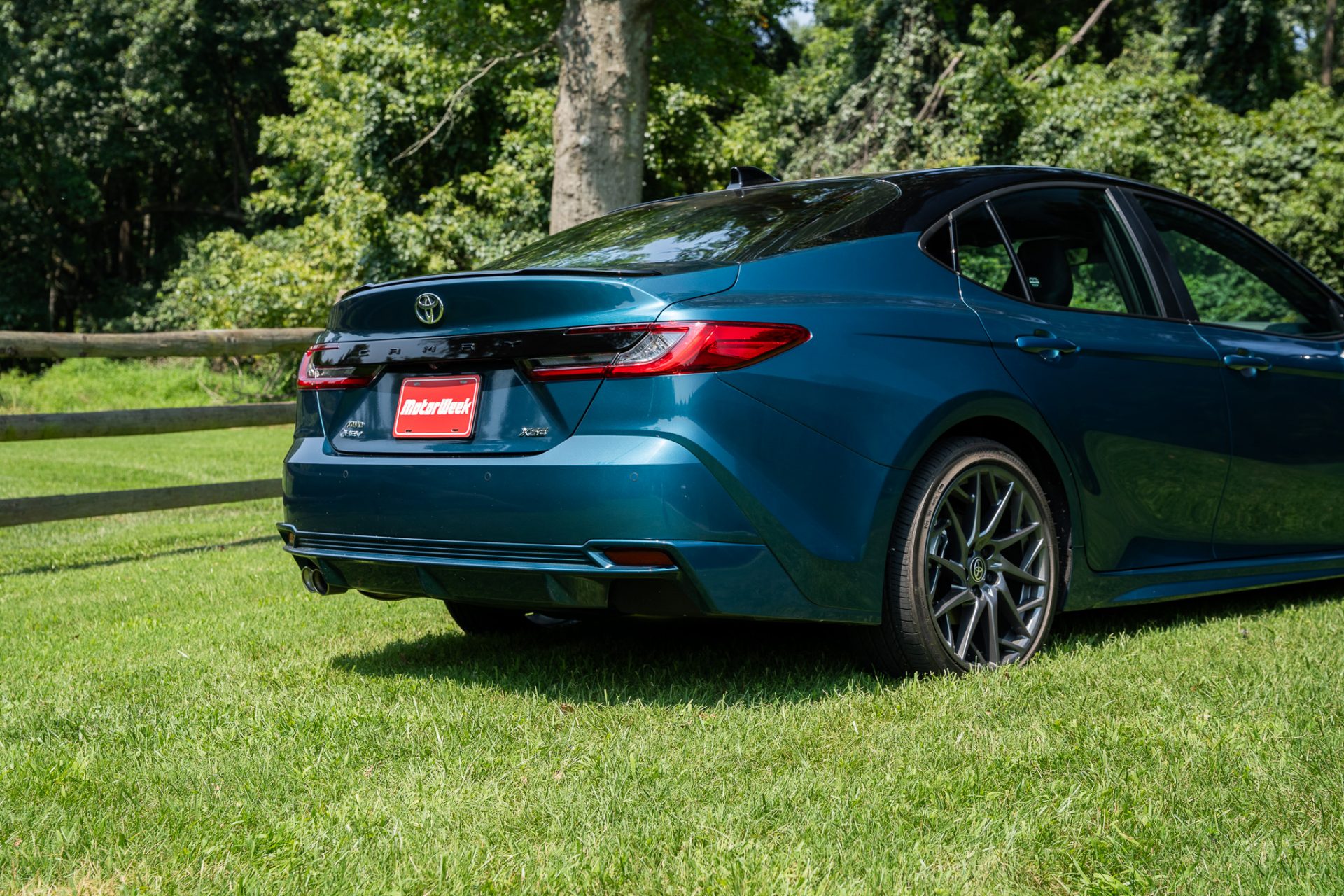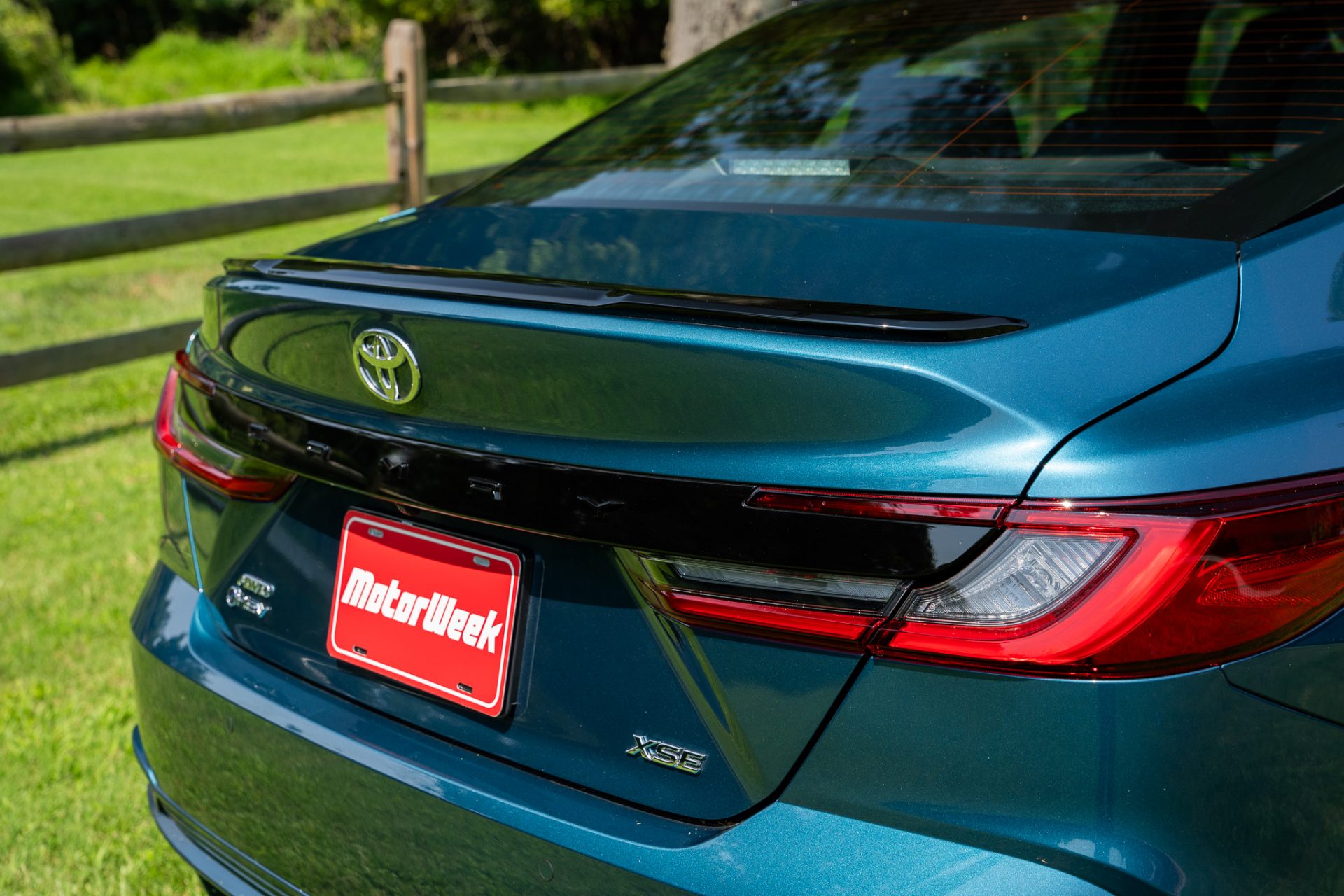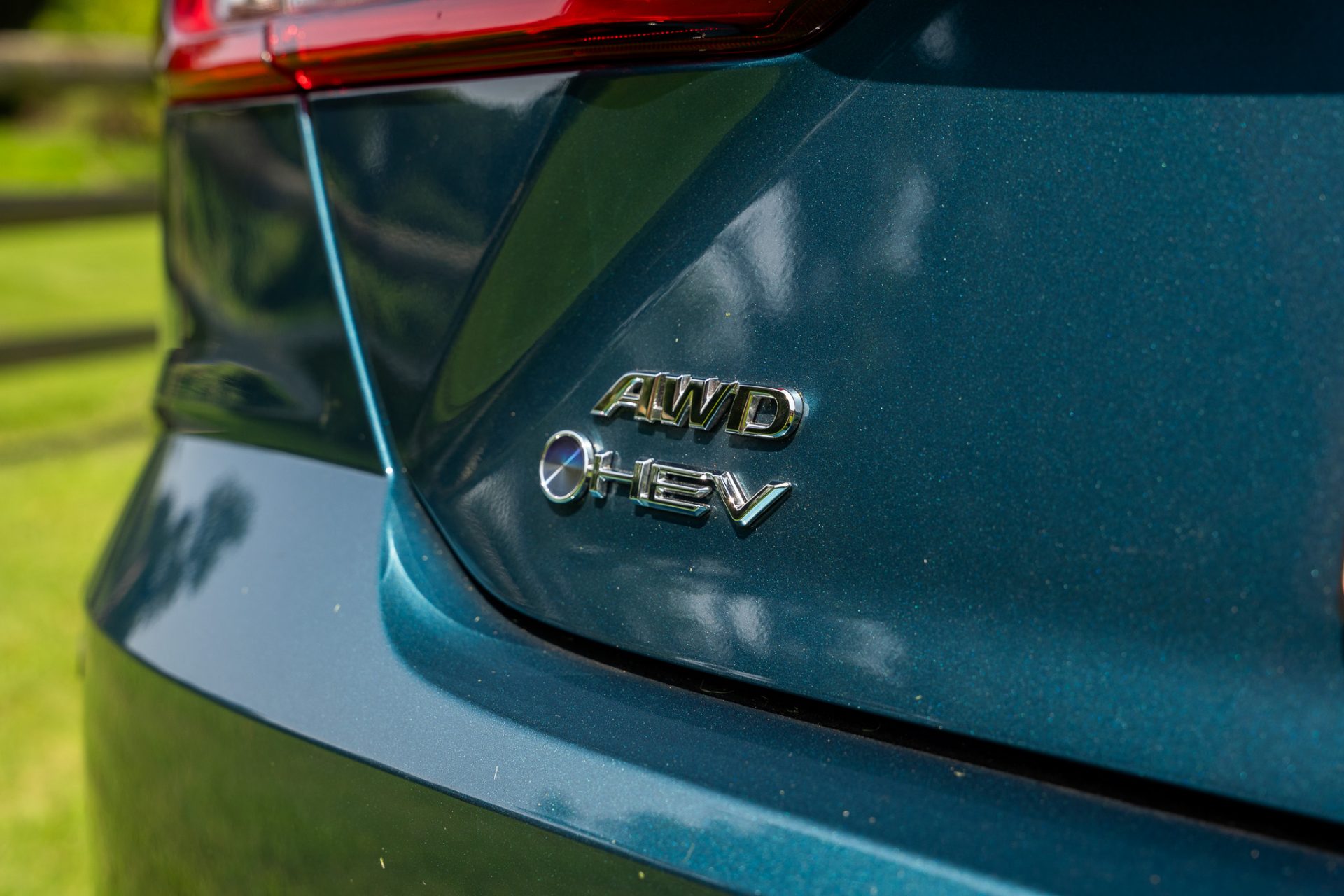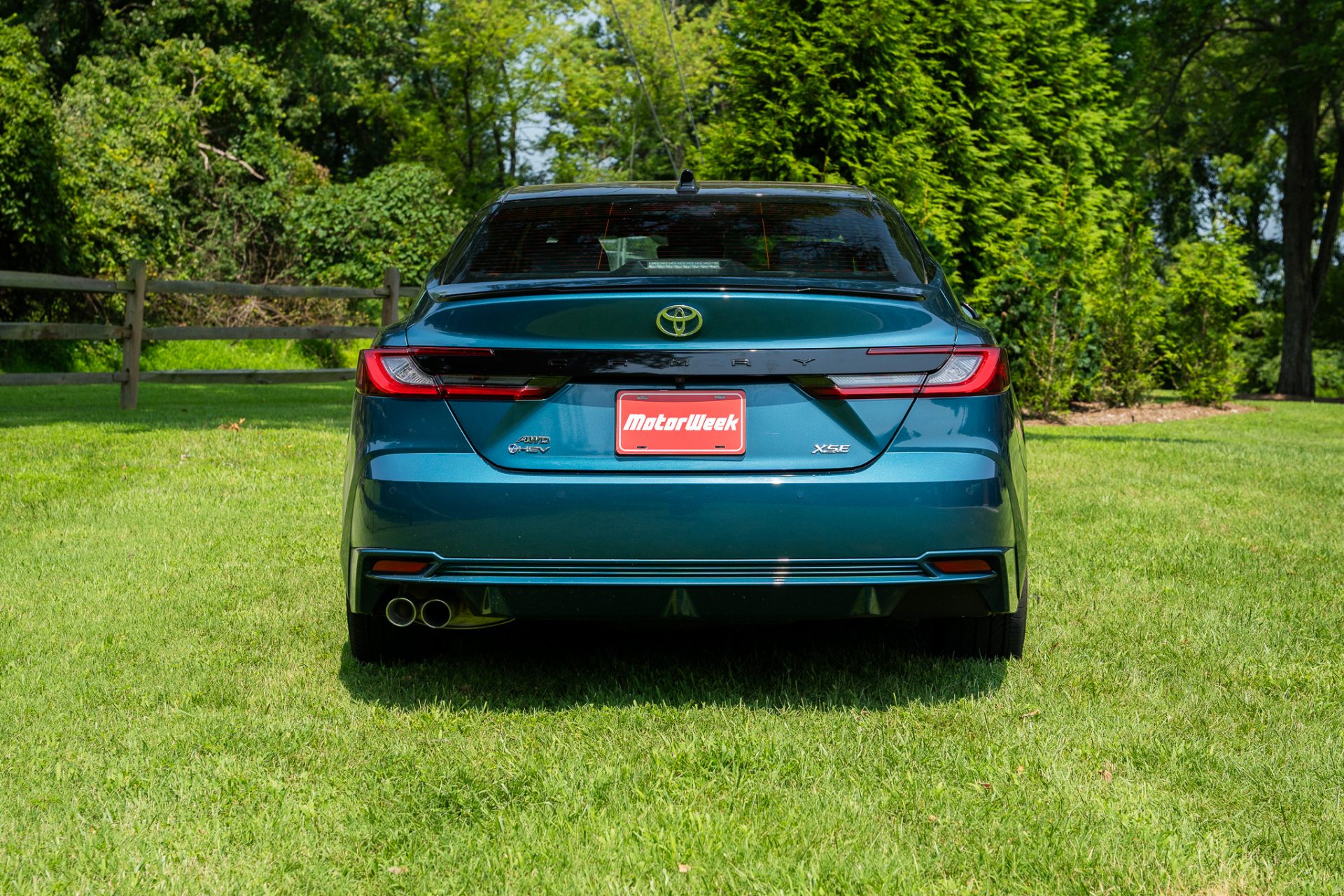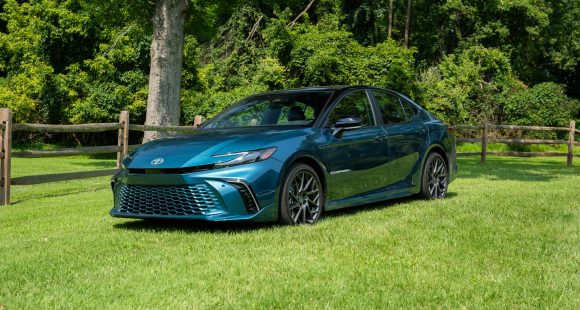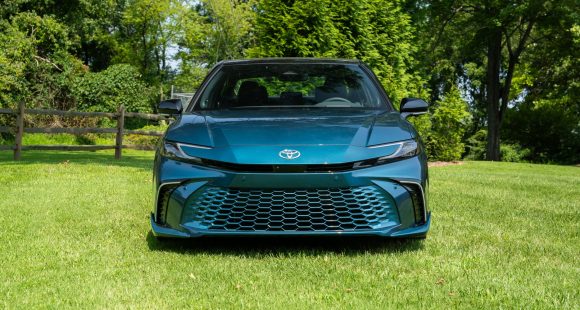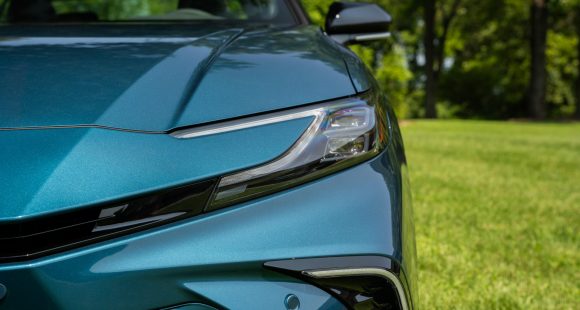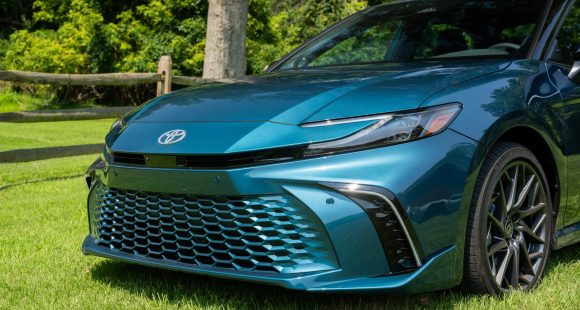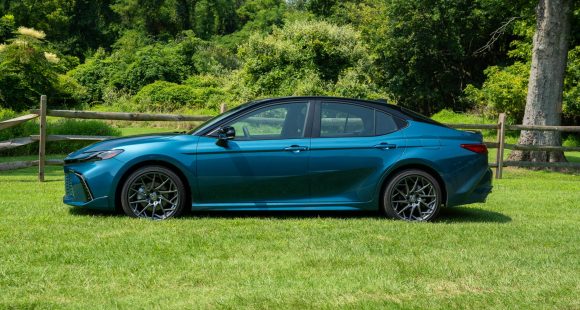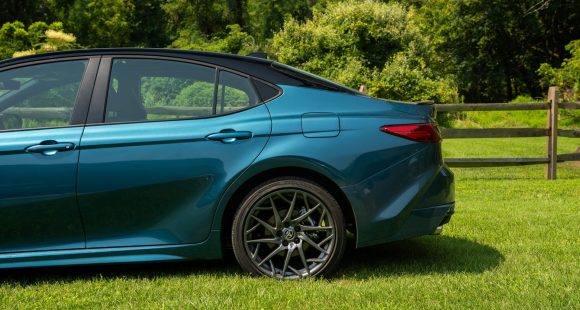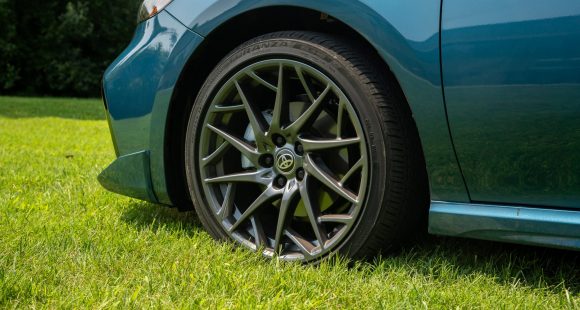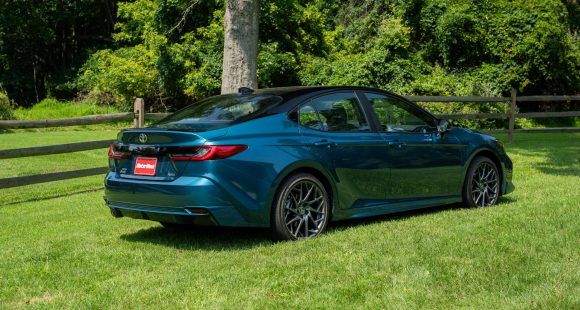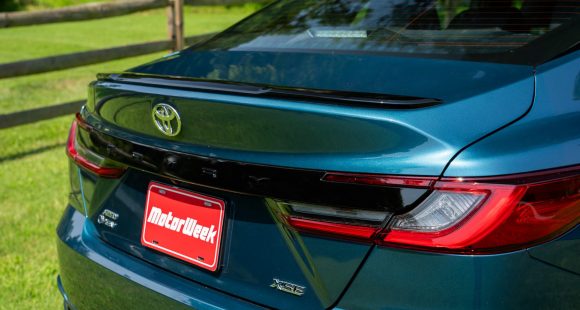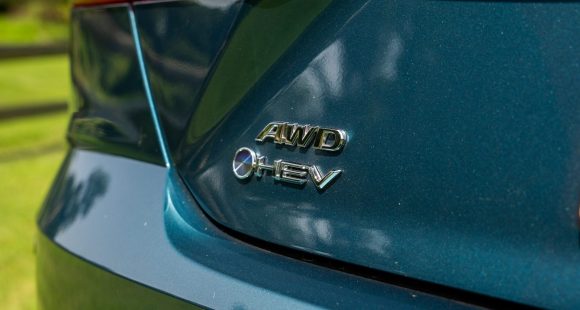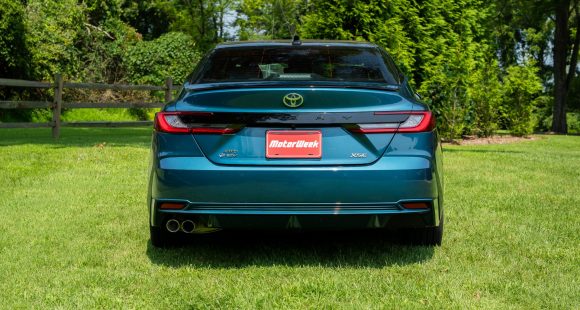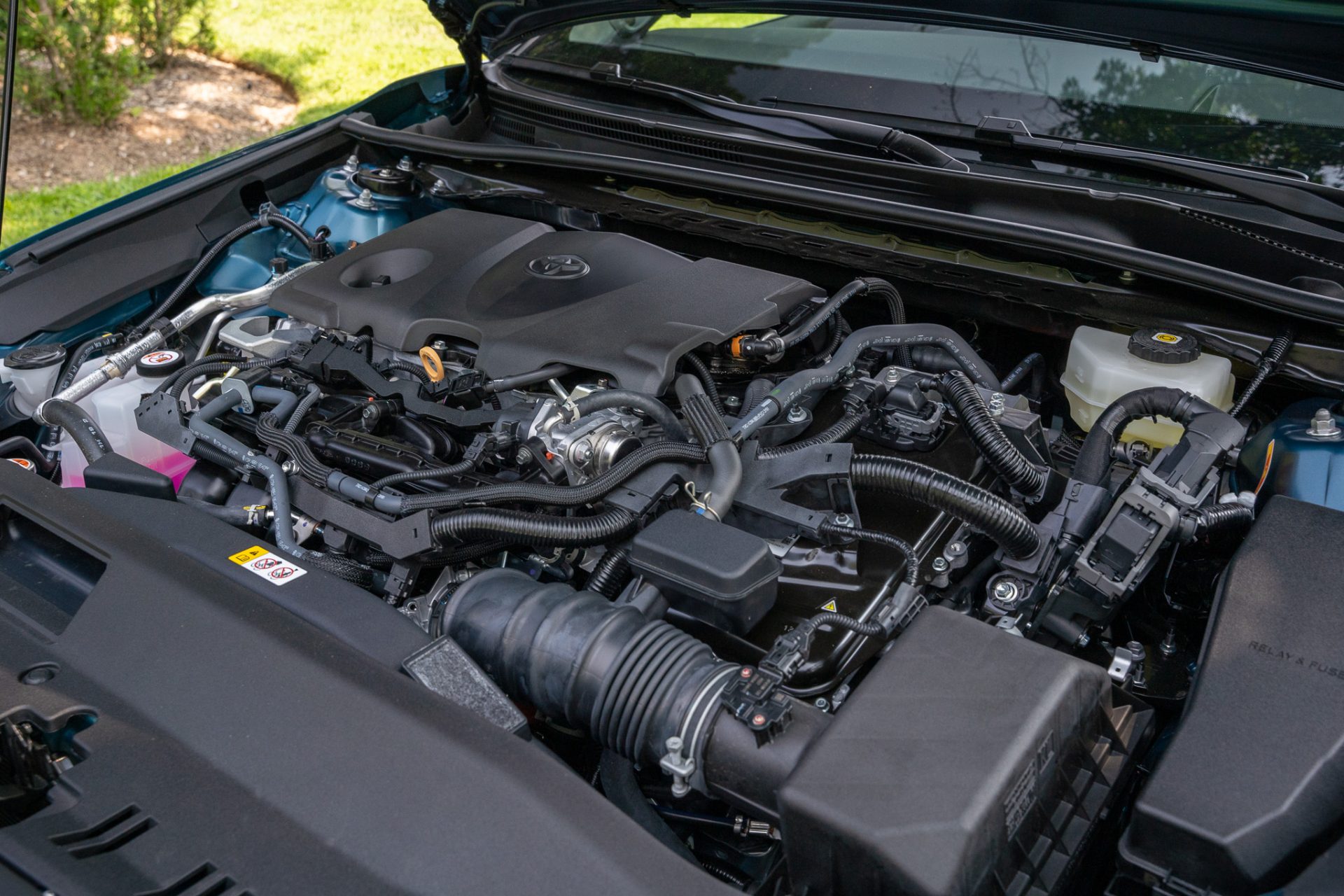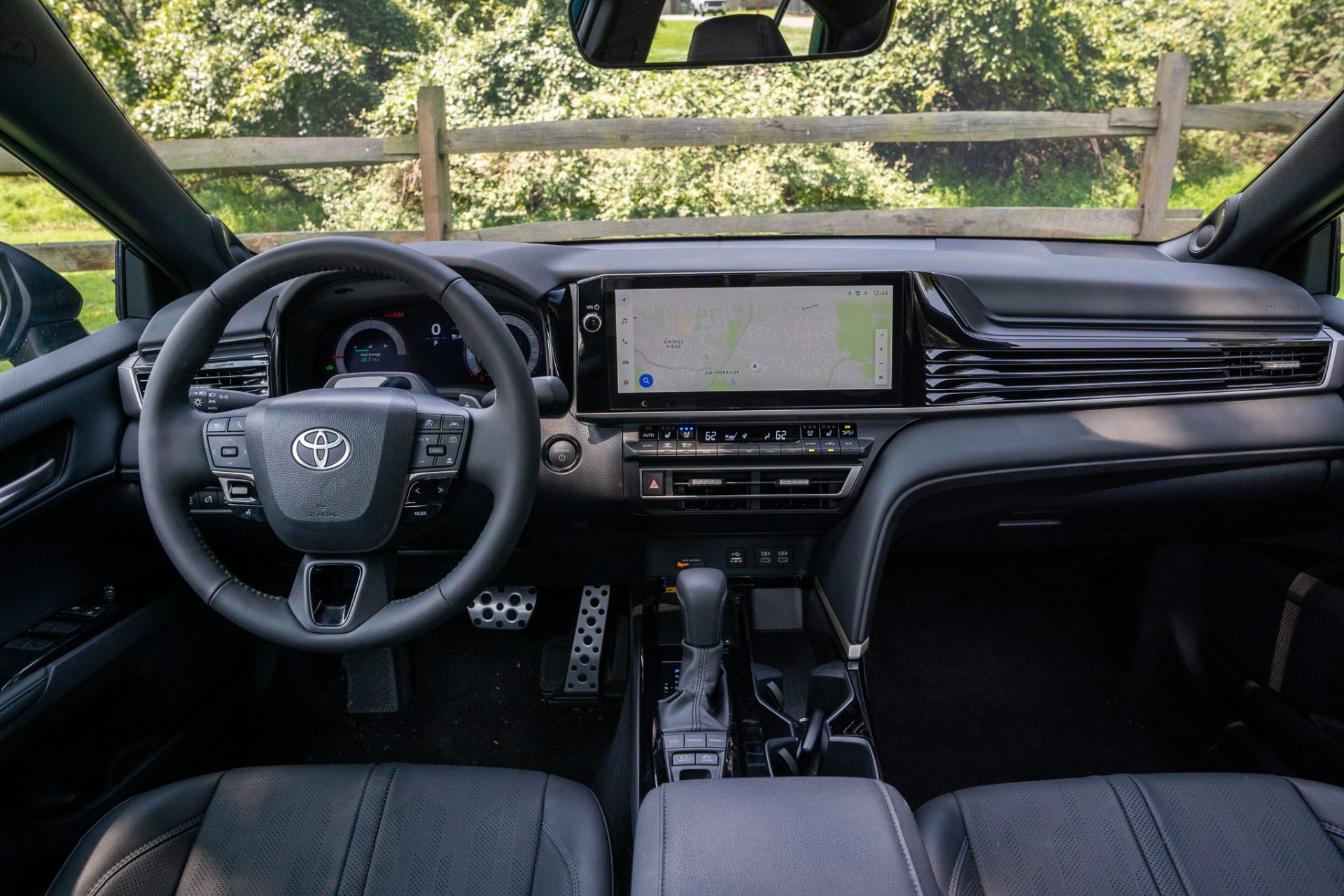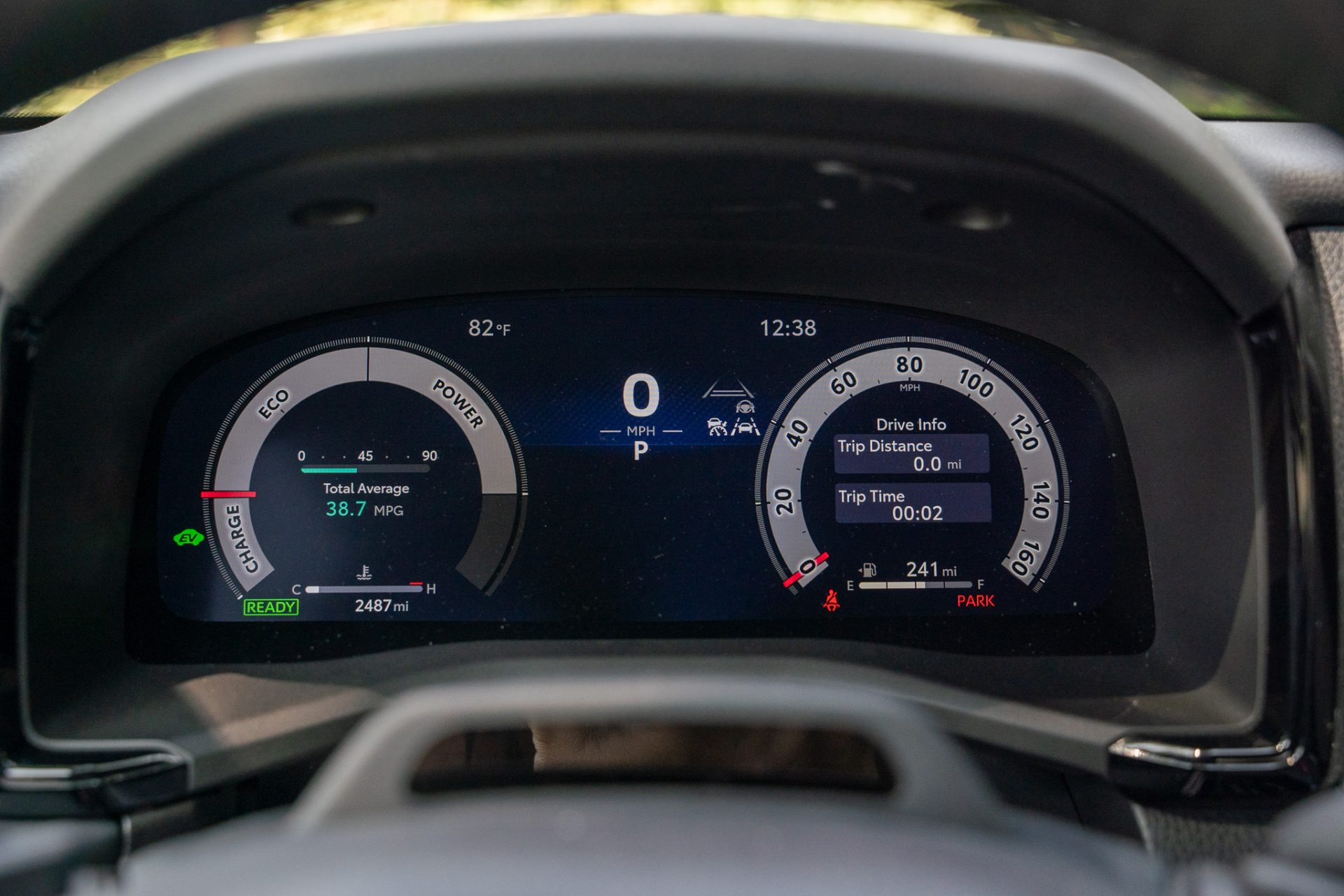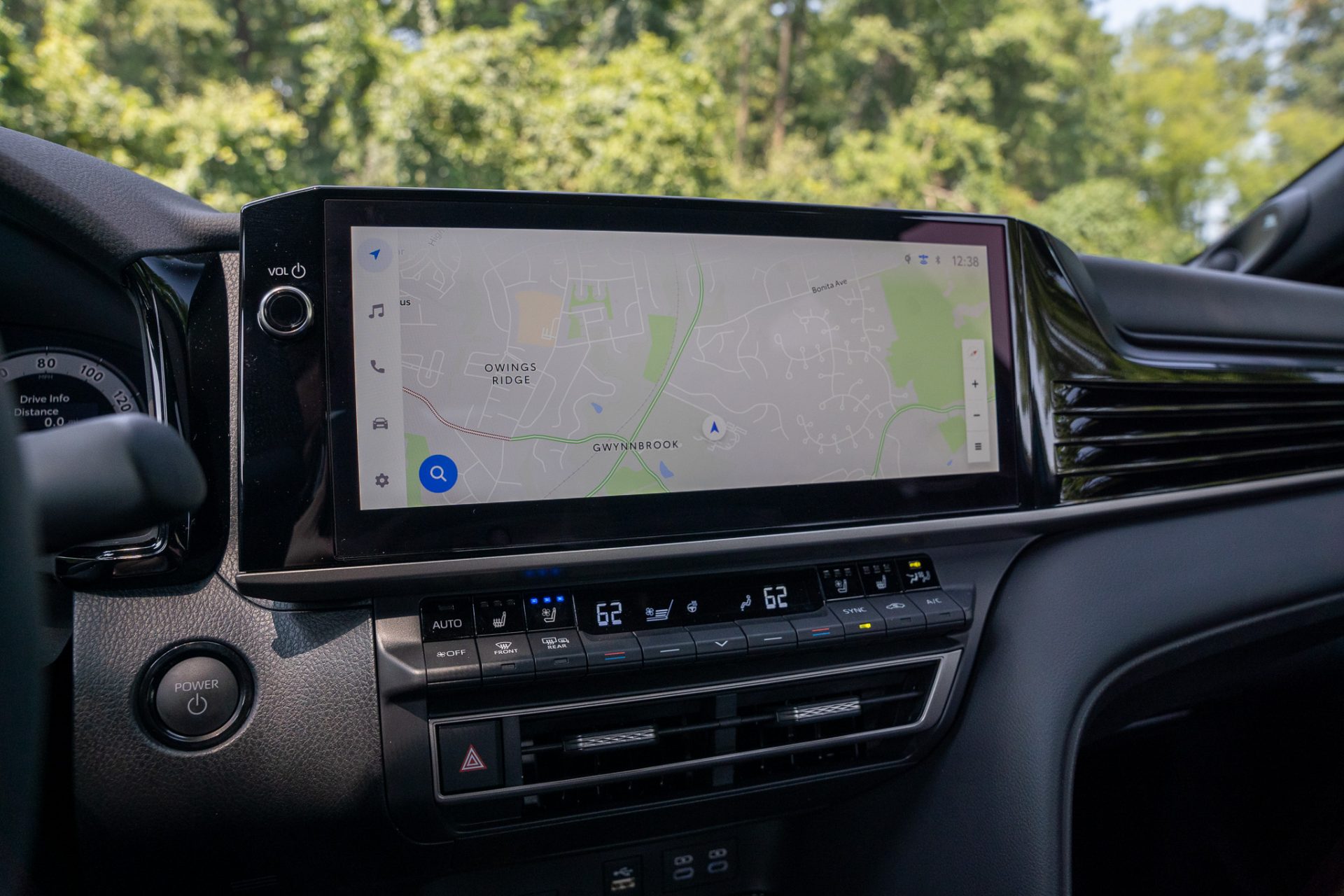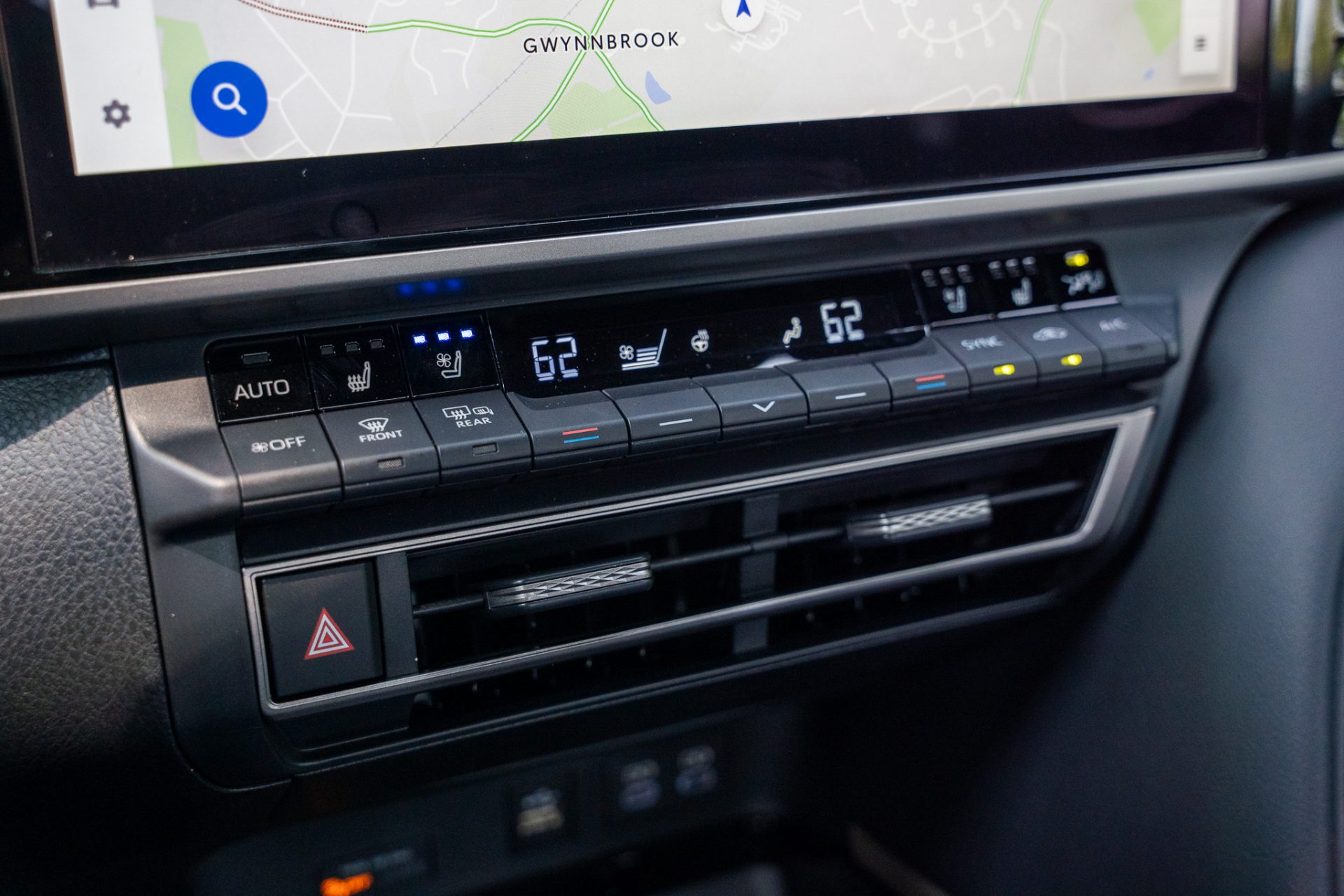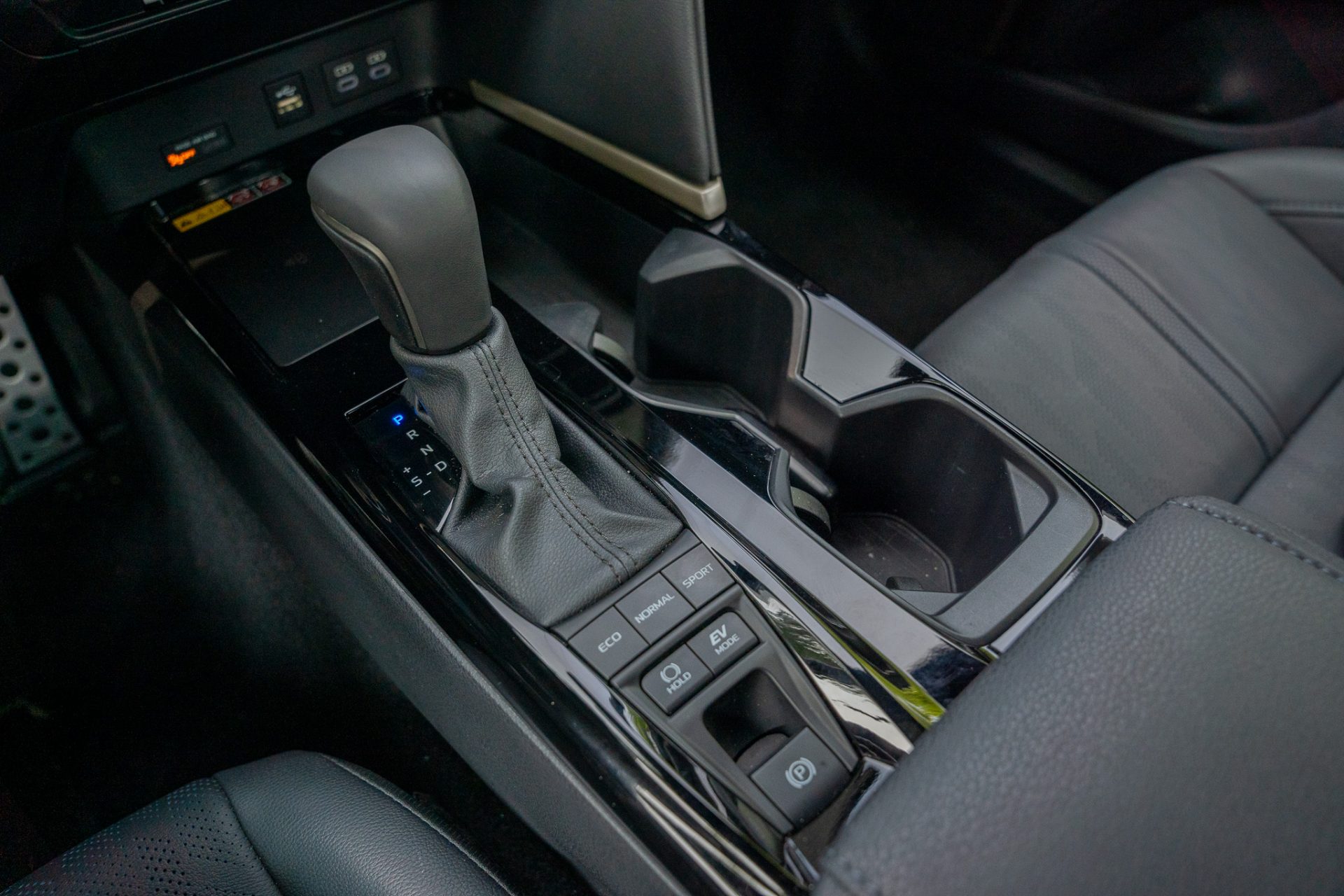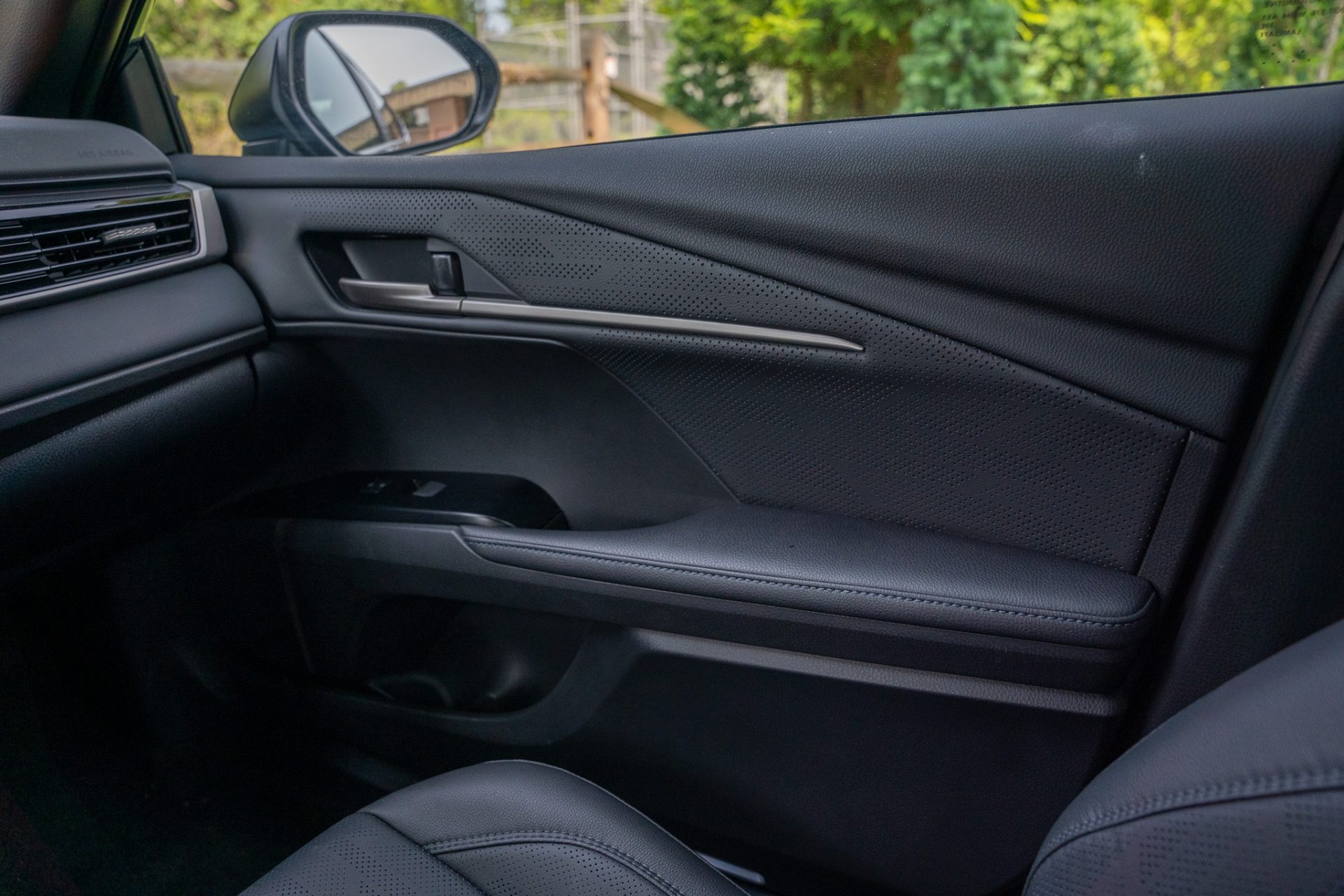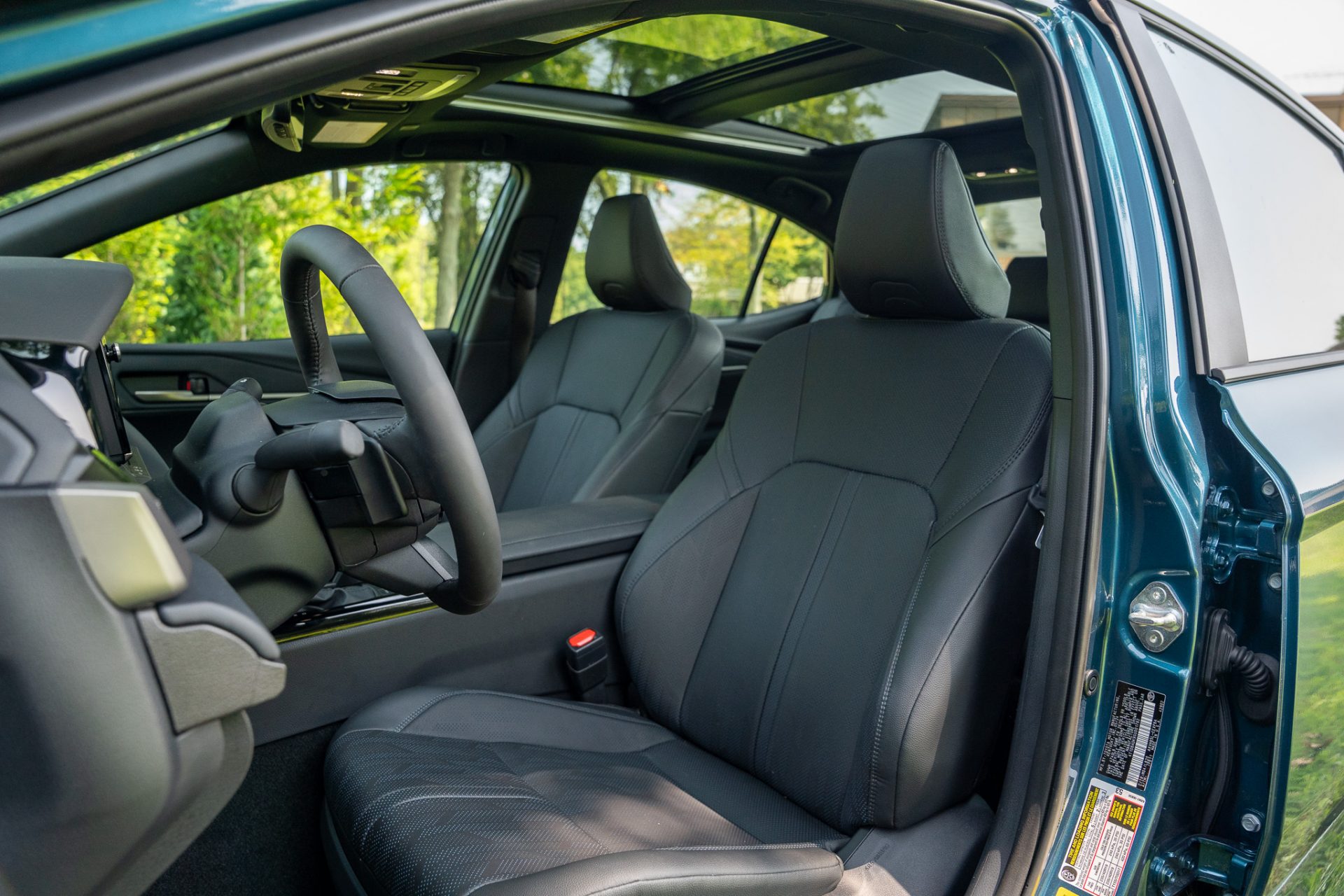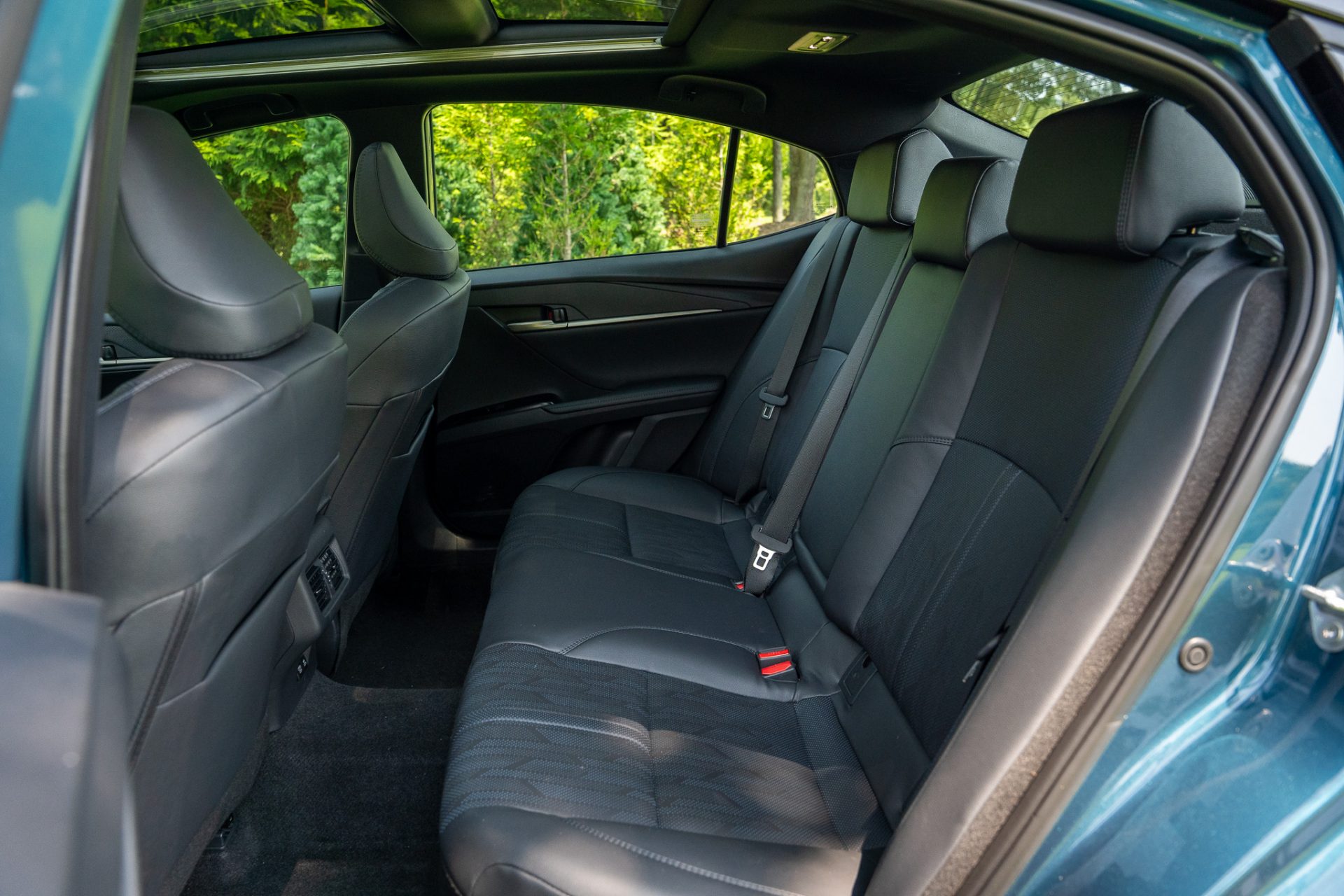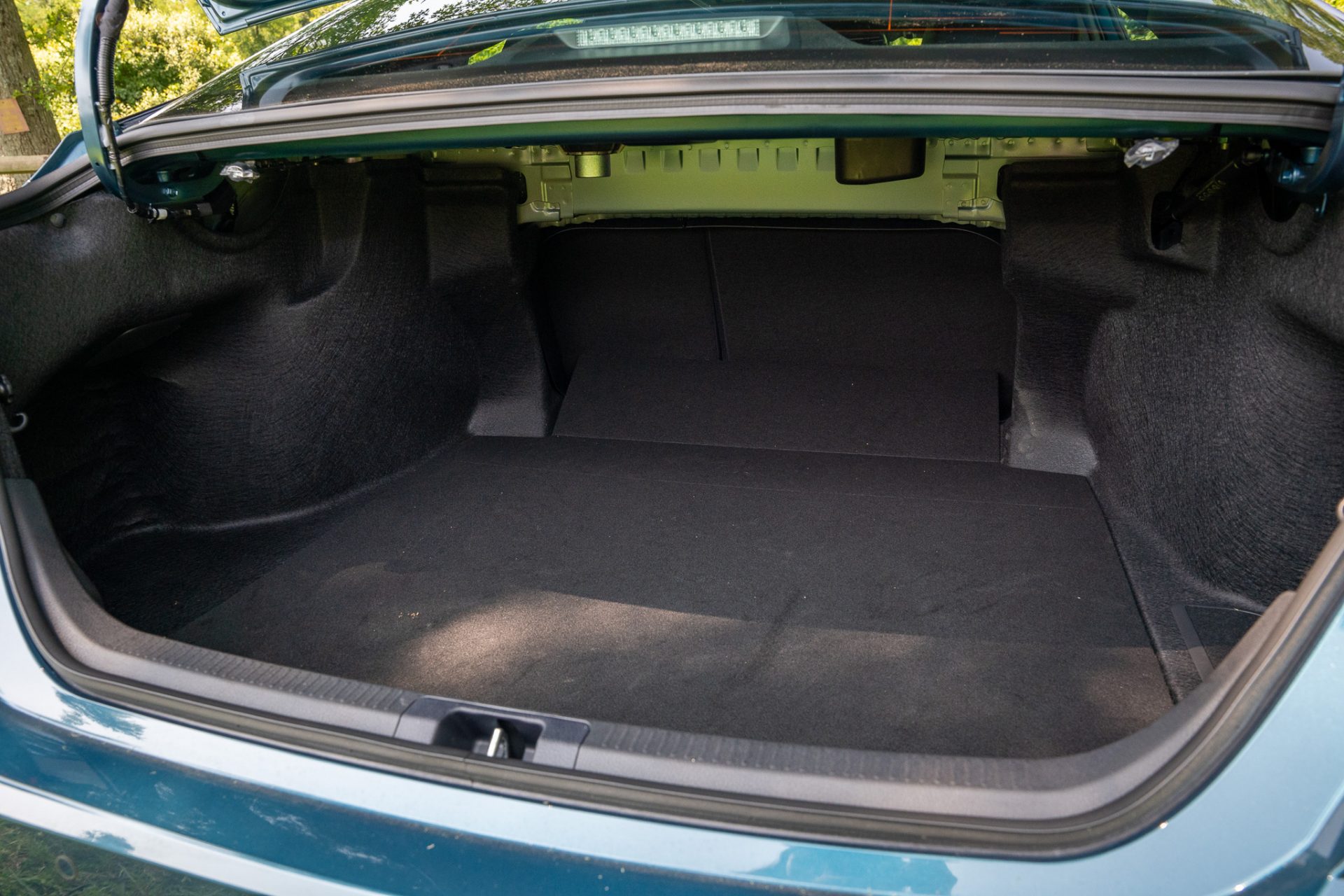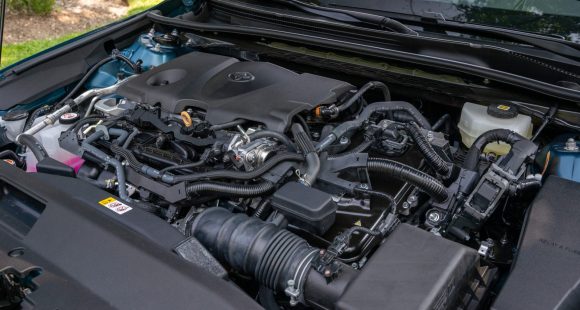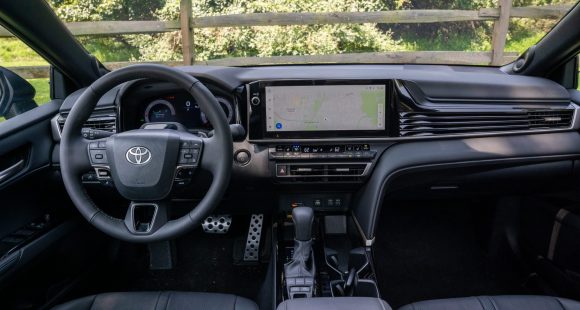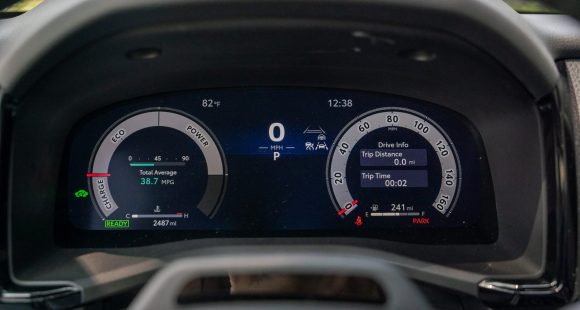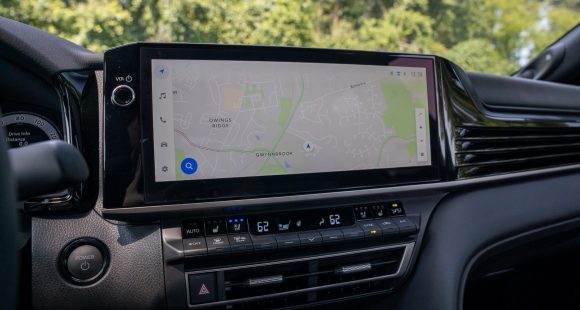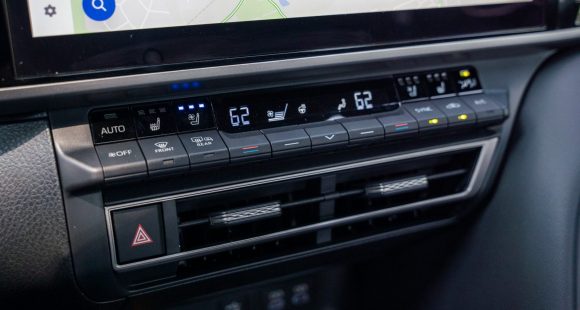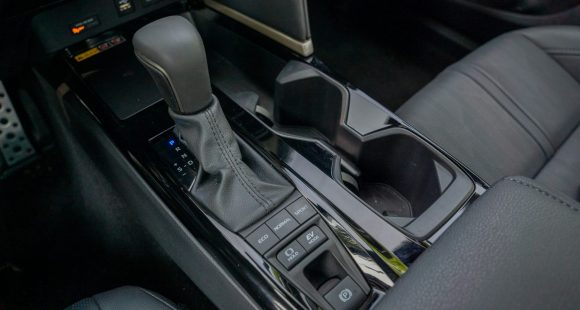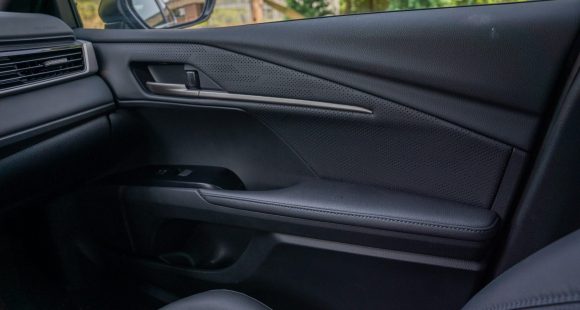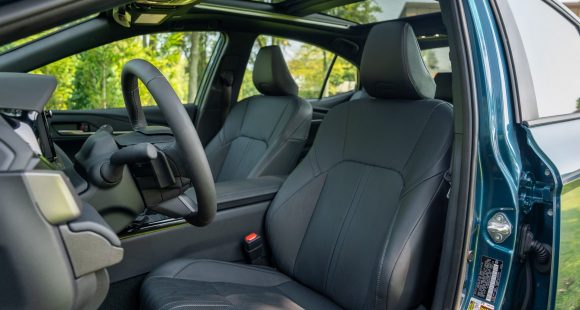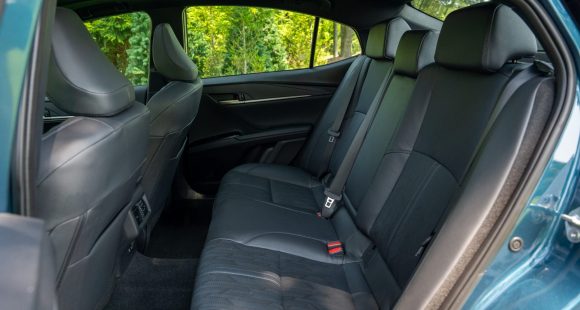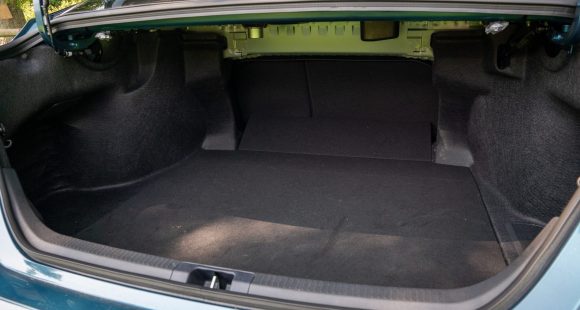2011 Infiniti M
Infiniti dealers have been begging for a new halo car ever since the ponderous Q-series was retired in 2006. While Infiniti had hoped the somewhat smaller M-series could play the part, it’s reviews as a showroom star have been lackluster at best. But now that may change. The M-series is again reborn, and it finally looks like it just might master the part. So let’s raise the curtain and see how it acts.
In Japan, it’s called the Nissan Fuga. Here in the States, it’s called the 2011 Infiniti M. Regardless of its badge, this redesigned, premium four-door sedan retains the swoopy, long hood, high rear deck form for which the M-Series is well known, but now adds sleeker design language to project a more expressive, upscale, and substantial image.
Wheelbase is unchanged, but the M-Series is now slightly longer, wider, and lower than before. A new low slung grille is flanked by swept-back crystal-look headlight clusters. The profile is defined by deeply sculpted fenders and flowing wave-style doors.
But the M’s brawniness comes from its chunky C-pillar area, which almost gives the car a jacked-up muscle car vibe, complete with sporty dual exhaust. Exhaling through those pipes are a pair of stronger engines. The M37 sports the G’s 3.7-liter V6. Horsepower is 330 – an increase of 27 over last year's 3.5 V6 - and torque is 270 pound-feet – up eight.
 The M56 uses a direct-injected 5.6-liter V8. About a quarter larger than the previous 4.5 V8, it rates 420 horsepower – a big jump of 95 – and 417 pound-feet of torque – up 81.
The M56 uses a direct-injected 5.6-liter V8. About a quarter larger than the previous 4.5 V8, it rates 420 horsepower – a big jump of 95 – and 417 pound-feet of torque – up 81.
The lone transmission is a seven-speed automatic with Adaptive Shift Control, feeding either the rear wheels or all four on "x" models.
Remarkably, even with a big boost in power, fuel efficiency is up too. Government Fuel Economy Ratings are 18/26 for the M37, and 16/25 for the M56. A new feature, Eco Pedal, provides feedback to encourage efficient driving. Infiniti claims a five-to-ten percent economy gain.
But a bigger increase comes in performance: the M feels much stronger. We judge the M56 to be capable of 0-60 in under 5.5 seconds. That puts it in the league of the Mercedes-Benz E550.
Still, after testing both engines, we found the V6 to be more than adequate for most buyers. With the V8, there's more power, but the front-end also felt heavier and less responsive. The new Drive Mode Selector adjusts throttle response and shift points to one of four settings; Standard. Eco, Sport, and Snow.
The front double-wishbone, rear multi-link FM chassis remains, but with a new back end geometry. The Sport Package, only offered with rear drive, brings tighter tuning with upgraded springs and new double piston shocks. It also adds Four-Wheel Active Steer for greater nimbleness. Infiniti's Intelligent all-wheel drive system is geared more for routine all-weather driving, unlike Audi's more performance-spec quattro setup.
Still, optional Active Trace Control, which adjusts engine torque and braking at all four wheels, does help to smooth out turn-ins. Brakes are enhanced, too, but only with the Sport Package, which brings larger rotors with four-piston calipers front, and two-piston rears. So, we judge overall dynamics to be both more sporty, yet still luxurious. Neither soft and Lexus-like or taut and BMW-like. Rather, the M is smack dab in the middle.
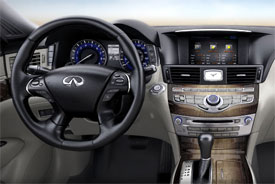 The interior also benefits greatly from the M's new design language. It now looks like a top drawer sedan. From the twin-hump instrument shroud, to the stepped center console, the look and feel is both athletic and luxurious.
The interior also benefits greatly from the M's new design language. It now looks like a top drawer sedan. From the twin-hump instrument shroud, to the stepped center console, the look and feel is both athletic and luxurious.
The leather front seats have standard 10-way power, with optional heating and cooling. Sport Package brings added bolstering and a sport steering wheel with available heat. New comfort features include Active Noise Control, and Forest Air, which manages airflow and humidity to mimic a fresh breeze.
Higher-end options includes Navigation with satellite traffic and weather, a back-up camera, a 9.3 gig hard drive Music Box, and a Bose stereo. The rear seat is roomy for two adults, three in a pinch. The seats do not fold, but there is a pass-thru which leads back to a spacious 14.1-cubic foot trunk. For advanced safety technologies, the M offers Distance Control Assist, Intelligent Brake Assist, and Blind Spot Intervention. A world first, it uses selective braking to correct lane drift.
Pricing starts modestly for its class. $47,115 for the rear drive M37, $49,265 for the M37x. The M56 has a base of $58,415, while the M56x begins at $60,915. A V6 hybrid M is due for 2012.
While it still takes up little less pavement than most flagship sedans, the 2011 Infiniti M-Series gives up nothing in style, accommodations, or performance to rivals. The curtain is up, and Infiniti's new star is more than ready for a command performance.Specifications
- Engine: M37 3.7-Liter V6m56 5.6-Liter V8
- Horsepower: M37 330/m56 420
- Torque: M37 270/m56 417 Lb Feet
- 0-60 MPH: M56 5.5 Seconds
- EPA: M56 16 MPG City/ 25 MPG Highway
2025 Toyota Camry
Camry Goes All Hybrid, But It’s No Prius Sedan
Whether you call it Camry or Cam-ray, you have to call this Toyota the best-selling sedan in the U.S. for 2023. Not bad for a car in the last year of its lifecycle. That’s right, the Camry is all-new for model year 2025. So, let’s find out if this ninth-generation Camry can stay truly competitive in this world of SUVs and crossovers.
There have been many variations of the Toyota Camry over the last 40 years; some more exciting than others, but all have been incredibly comfortable, efficient, and practical. That theme carries over for the all-new 2025 Toyota Camry.
Though it feels like they purposely avoided any type of “wow” factor inside. Sure, there are the expected big screens for multimedia and gauge display, but they kept them separated, keeping the overall vibe traditional and classy rather than flashy. They’ve also retained lots of physical controls, added some unique materials, and attempted to open up the space a bit, knowing that they’re going up against EVs these days too, not just usual family sedan nameplates.
The new Camry follows Toyota protocol of basic LE series and more sport-oriented SE series; adding an X in front of either adds a bit more content. For our XSE tester that mostly means a flashier exterior that includes black trim and rear spoiler, dual exhaust tips, and 19-inch wheels, but it also gets a sport-tuned suspension.
Following the pattern of many recent Toyotas, Camry now has an all-hybrid lineup. Toyota’s newest, fifth-generation hybrid system mates to a 2.5-liter I4 engine for the first time. It works with two electric motors for a 225-horsepower output, 17 more than the outgoing Camry hybrid. And it delivers up to 51 mpg Combined. All-wheel-drive versions add an additional electric motor in back for powering the rear wheels for an increased total output of 232 horsepower; and AWD is available for all trims.
This is easily the best handling Camry we’ve driven.
Our all-wheel-drive tester did feel quite peppy on the street, with a competent suspension that soaked up bumps easily without feeling soft or floaty. At the test track, there was great grip off the line, and a substantial punch of power to get us to 60 in 6.9 seconds. There was a nice little engine growl at takeoff too, but it quickly turned into a consistent droning noise due to the electronically controlled CVT trans. There are some simulated gears you can play with, but they don’t really add much to the performance; our best quarter-mile time was 15.2 seconds at 94 mph.
This is one case where “sport-tuned suspension” seems to really mean something, as this is easily the best handling Camry we’ve driven. Minimal body roll, great road feel, and steering that was both tight and responsive. All-wheel-drive grip was great through the cones, but most people will find it much more beneficial when driving on slippery roads.
The hybrid’s regen braking is not the most natural feeling, but in panic stops the brakes clamp down quickly, causing some aggressive nosedive, but ultimately resulting in very short, 110-foot stops from 60.
As mentioned earlier, Government Fuel Economy Ratings are as high as 51 Combined, but all-wheel-drive XSEs come in at 44 City, 43 Highway, and 44 Combined, though our lead foot test loop saw just, but still noteworthy, 42.6 mpg of Regular.
Pricing starts with the base LE at $29,535; all-wheel drive is another $1,525 if you want it. XSE tops out the range at $35,735.
While the midsize four-door sedan is not the suburban staple that it once was, the Camry absolutely remains a staple of the Toyota lineup, and even kept its status as America’s best-selling car last year. So, it looks like there’s no stopping the Camry, as the more efficient 2025 Toyota Camry is better-looking, has better performance, and is a better all-around family car than ever.
Specifications
As Tested
- Engine: 2.5-liter I4
- Transmission: e-CVT
- Horsepower: 232
- EPA: 44 City | 43 Highway | 44 Combined
- 0-60 mph: 6.9 seconds
- 1/4 Mile: 15.2 seconds at 94 mph
- Braking, 60-0 (avg): 110 feet
- MW Fuel Economy: 42.6 mpg (Regular)







